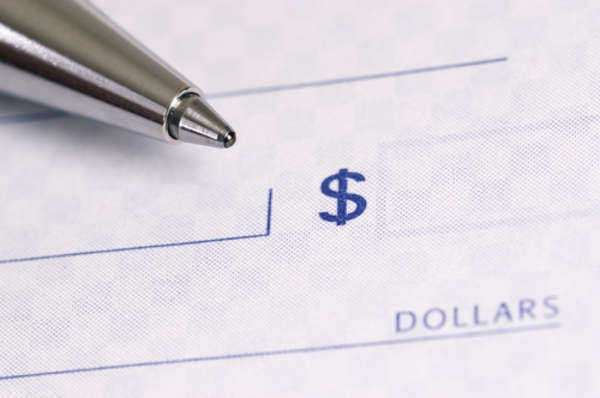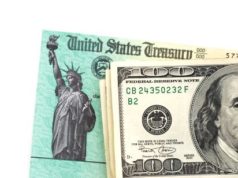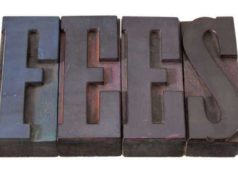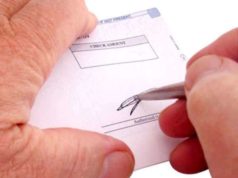
A certified check is a specialized type of check designed to be safe from any danger of being denied when submitted for payment due to insufficient funds in the account to which the check is attached. Certified checks are used in order to ensure the payee of the validity of payment and to allay any suspicions that the check will bounce. As such, certified checks are most often used for larger or more important payments, such as payments for a car, or security deposits on living spaces.
Certified checks are normal checks which have been stamped by the certifying institution, ensuring that the check will not bounce. Banks will certify checks by first establishing that the account from which the check is drawn actually has the requisite funds within it at the time of the check’s issuance.
After performing such a verification, a bank will then certify the check and put a hold on the appropriate amount of funds within the account so that those funds cannot be drawn by any negotiable instrument other than the certified check. This will ensure that when the check is cashed, a sufficient amount of funds will be available in the checking account. Thus, a certified check ensures the payee that he, she, or it will not encounter difficulty from a denied payment.
A certified check bears many similarities to a cashier’s check, in that both are guaranteed by the issuing bank and both are used for transactions in which the guarantee of the check is significant, either because the payee does not trust the credit of the drawer or because the payment is simply too large to be left without some form of guarantee.
The difference between a cashier’s check and a certified check is that a certified check is still drawn from the account of the drawer, whereas a cashier’s check is drawn on the bank itself. Because a cashier’s check involves paying the bank at the time of purchase, a cashier’s check can be obtained purely through cash. A certified check, on the other hand, requires the bank to put a hold on the appropriate sum of money within a given party’s account. In other words, a cashier’s check will be payable from the bank because the obtaining party will have paid the bank the appropriate amount in a previous transaction, whereas certified checks are payable from an account and are only ensured by the bank. The bank itself will not be making any payments with regard to a certified check.
If a certified check is lost or stolen, the check’s drawer should treat it as he or she would if any check had been lost or stolen. The drawer should immediately get in contact with the connected bank and put a stop on the payment for the check. Certified checks are not quite as immediately liquid as traveler’s checks or cashier’s checks, and as such, are not quite as dangerous because certified checks still require the signature of the payable party, as do normal checks. Nonetheless, sometimes a certified check can be used in the same fashion as cash, and as such, stopping a stolen or lost certified check is critical in preventing any loss of funds.




























